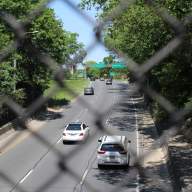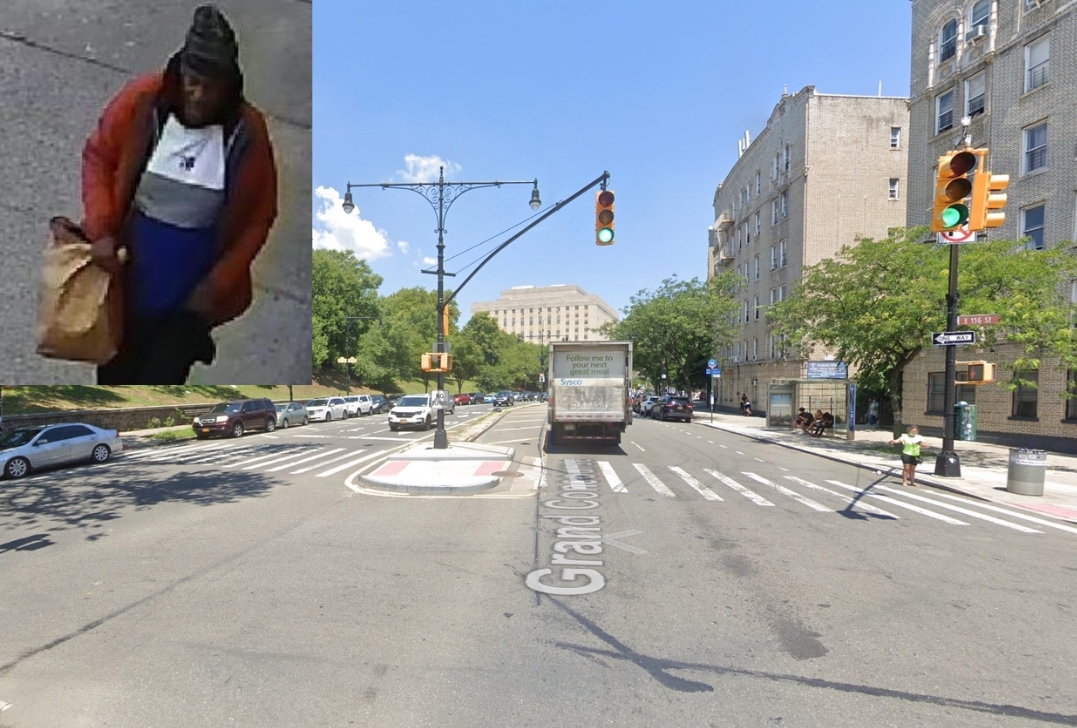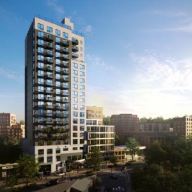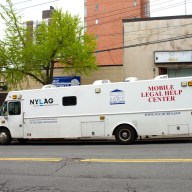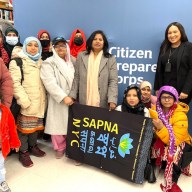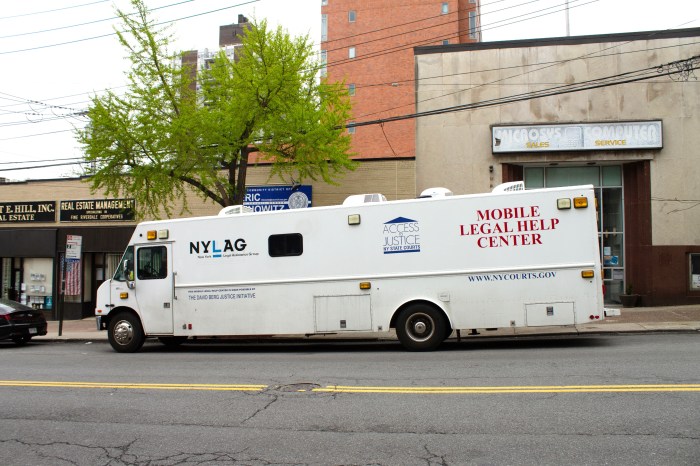Courtlandt Corners promises to be a mixed-income development for 323 families in Melrose.
Designed to be an affordable housing opportunity under Mayor Michael Bloomberg’s New Housing Marketplace Plan and Phipps Houses, the building will soon be home to people of both lower- and middle-income levels, and serve as a gateway to the Melrose Commons development. Situated in two buildings on East 161st Street, between Courtlandt and Melrose avenues, the apartments will house their first tenants in January. A ribbon cutting was held on Thursday, November 18.
At the ribbon cutting were a long list of dignitaries, including Department of Housing Development and Preservation commissioner Rafael Cestero, New York City Housing Development vice president Mathew Wambua, Assemblyman Michael Benjamin, Phipps Houses president and CEO Adam Weinstein, Community Board 3 district manager John Dudley and representatives from Borough President Ruben Diaz Jr.’s office.
Cestero said that the development is particularly important because it builds on one of the last patches of available land in the southern part of the borough. It had been a brownfield, meaning that it required an extensive environmental cleanup.
“Today we are adding affordable homes at Courtlandt Corners to the more than 4,600 units we have already created in Community Board 3, and using these success stories as proof that the Bronx is not just back, but it is booming,” Cestero said. “This land that once blighted the neighborhood has now become a touchstone of stability that will encourage new growth and opportunity, allowing future generations to put down roots here in the Bronx. I thank HDC, Phipps Houses, and all of our partners for sharing our vision and making it a reality here in Melrose and communities throughout the City.”
According to HPD, the development provides housing affordable to several different income levels, creating diversity of income within the community. It should be affordable for families with incomes ranging from $31,680 for a family of four to $79,200. Benjamin said that diversity of income was an important feature because it provides needed stability. He hopes that the buildings will be a step forward in rebuilding a mixed-income community in the area.
“Working people serve as role models for those who do not yet work, and also provide a network of people for those who want to work,” Benjamin said.
Benjamin said that once a particular community is labeled as “low-income,” the negative connotation is difficult to overcome. He also said that having middle-income people in the community usually help public schools because middle-income people have a tendency to navigate the system and steer needed resources to community schools.
Part of many new buildings created under the Melrose Commons urban renewal area, Courtlandt Corners creates a street wall along East 161st Street of varying heights, colors, and materials. Included will be street-level retail space. The landscaped courtyard of Courtlandt Corners faces Railroad Park, reinforcing the need for a green, open space in the community.









